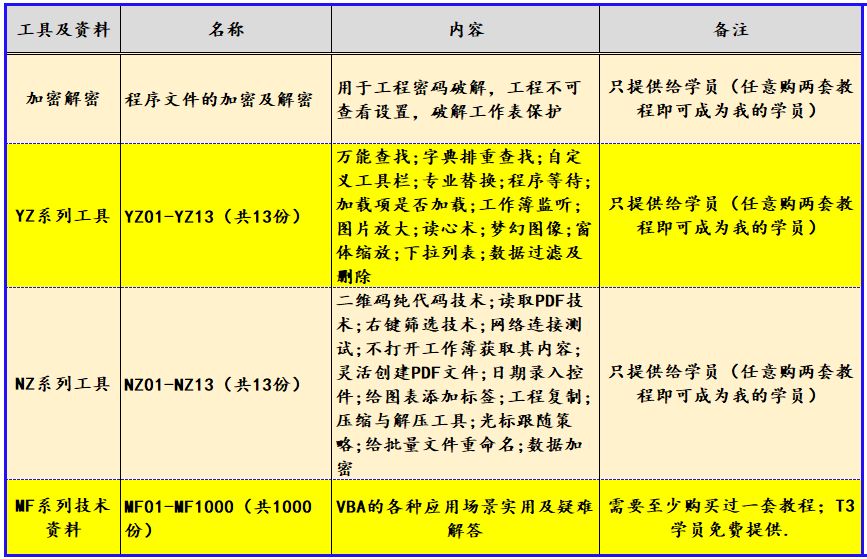普通函数
在Vue中,普通函数可以作为组件的方法来使用,但它们不会自动this绑定到Vue实例的上下文。在Vue中使用普通函数时,需要手动绑定this指向。
例如,在Vue组件中使用普通函数:
<template><div><button @click="greet">Greet</button></div>
</template><script>
export default {methods: {greet() {// 在这里,'this' 指向 Vue 实例alert('Hello from ' + this.name);}},data() {return {name: 'Vue'};}
}
</script>如果要在Vue组件外部使用普通函数,或者需要在某些回调函数中保持this指向Vue实例,可以使用箭头函数或者bind、call、apply方法来手动绑定this。
使用bind方法:
export default {data() {return {name: 'Vue'};},created() {this.greetFunc = function() {alert('Hello from ' + this.name);}.bind(this);},methods: {greet() {this.greetFunc();}}
}JavaScript的call或apply方法来手动绑定函数内的this。
例如,你有一个Vue组件如下:
Vue.component('my-component', {data() {return {message: 'Hello Vue!'};},methods: {greet() {alert(this.message);}}
});你可以在组件外部使用call或apply来手动绑定this到这个Vue实例:
// 假设你已经有了一个Vue实例
var vm = new Vue({// ...
});// 使用call来调用greet方法,并手动绑定Vue实例
vm.$options.methods.greet.call(vm);// 或者使用apply,如果你需要传递参数
vm.$options.methods.greet.apply(vm, []);箭头函数
在Vue中,箭头函数(Arrow Functions)通常用于简化代码,提供更简洁的语法。它们可以用于方法定义、计算属性、事件监听器等。箭头函数语法如下:
(param1, param2, ...) => {// 函数体
}如果函数体只有一个表达式,可以省略花括号,并直接返回该表达式的结果:
param => expression在Vue中使用箭头函数的例子:
<template><div><button @click="increment">Click me</button><p>{{ count }}</p></div>
</template><script>
export default {data() {return {count: 0,};},methods: {increment() {this.count++;},},// 使用箭头函数简化计算属性computed: {computedCount: vm => vm.count + 1,},// 使用箭头函数简化事件监听器created() {this.$watch('count', (newValue, oldValue) => {console.log(`count has changed from ${oldValue} to ${newValue}`);});},
};
</script>Vue中箭头函数和普通函数的区别
在Vue中,箭头函数和普通函数的主要区别在于它们如何处理this关键字。
普通函数每个函数都有自己的this指向,如果你在对象的方法中使用普通函数,this指向的是调用这个方法的对象。
箭头函数没有自己的this,箭头函数的this是由外层作用域决定的。也就是说,箭头函数中的this指向的是定义时所在的对象,而不是使用时所在的对象。
// 普通函数
methods: {normalFunction() {console.log(this); // Vue实例return () => {console.log(this); // 同样是Vue实例};}
}// 箭头函数
methods: {arrowFunction = () => {console.log(this); // Vue实例,因为它是在Vue组件方法中定义的}
}在Vue模板中绑定事件监听器时,箭头函数特别有用,因为这样可以保持this指向当前的Vue实例,而不是指向事件监听器的DOM元素。
<template><button @click="() => this.someMethod()">Click me</button>
</template>








![洛谷 P2239 [NOIP2014 普及组] 螺旋矩阵](https://i-blog.csdnimg.cn/direct/d5dc13a300eb447fadabedcb2c0aebab.png)









